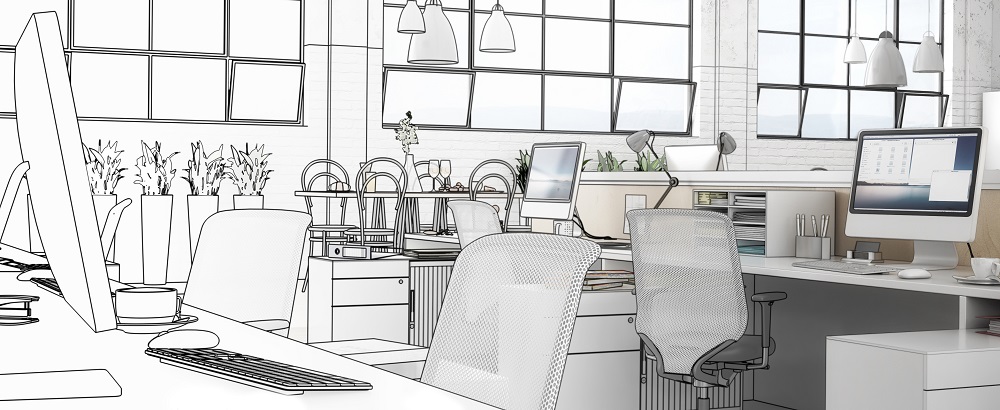The recently-wrapped InfoComm 2020 Connected, the first virtual show from AVIXA, featured an important session delving into workplace design from the perspectives of three commercial designers.
presents their list of things technology experts need to know about the future of workplace design, especially given the current COVID -19 crisis.
Examining technology trends through a design lens, what catalyzing factors should the industry keep in mind as they outfit an evolving array of workspaces?
High-touch ending, biometrics, voice activated, hands-free
This is the biggest opportunity for AV and IT to emerge closer than ever before, says Pam Light, FIIDA, HOK. Now that customers are looking for autonomous spaces, integrators have an opportunity to provide commercial workspaces those solutions.
Smart work points
Everyone wants a customizable, smart desk nowadays, at least according to Adriana Rojas, IIDA, NCIDQ, HOK.
“We’re going to have an opportunity to make work points smarter and integrate enough tech so that people feel their space is luxurious,” she said during the session.
Fewer workpoints in the workplace means they become gathering spaces — like in cars, where a fob syncs car settings — that can be leveraged in an office.
Gathering types and remote access
The traditional setup — meeting rooms that used to be for 10 — is now used for 4 post-coronavirus, at least in some models of expected partial workforce returns as businesses reopen.
All the designers agreed that integrators will need to have serious conversations with their clients, asking targeted questions such as: what is that meeting space serving? Would it be better served as a lounge space? How can it be made more efficient? How do ALL the participants connect to the room?
Alexa, Siri in the office
High touch sensitivities due to the pandemic’s spread will demand voice assistants, says Kay Sargent, ASID, LEED, HOK.
“Reminders sent, info loaded, walk in the door and the room knows what to do, these are the capabilites installers will need to provide,” she says. “There will be no more finding ‘the right button’ — ever.”










